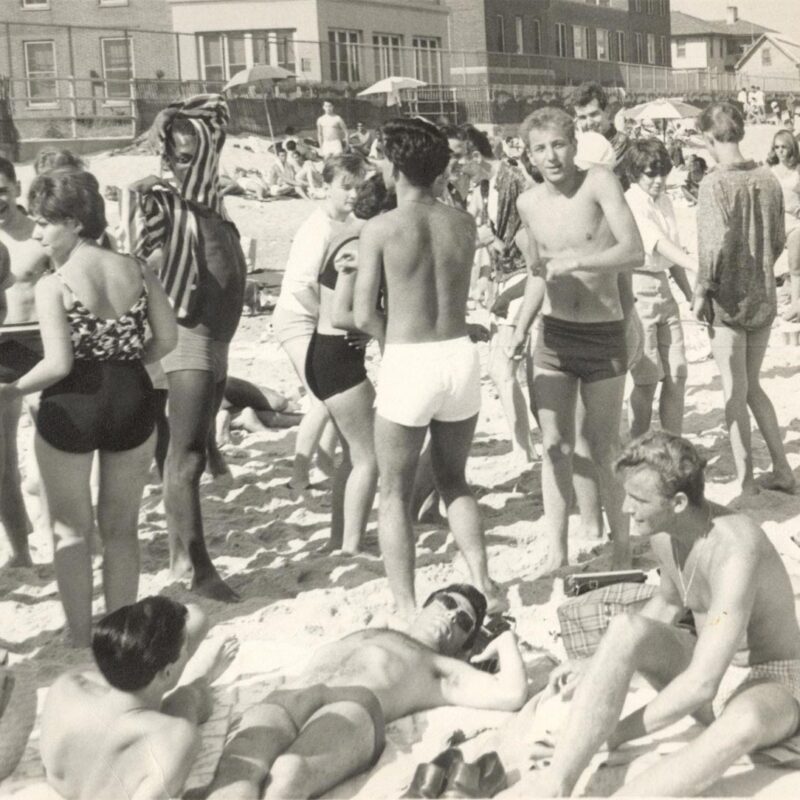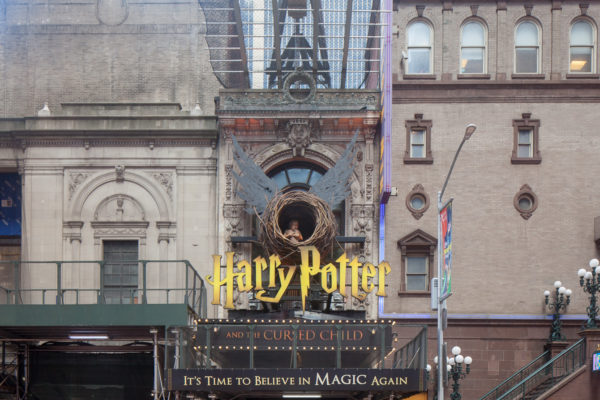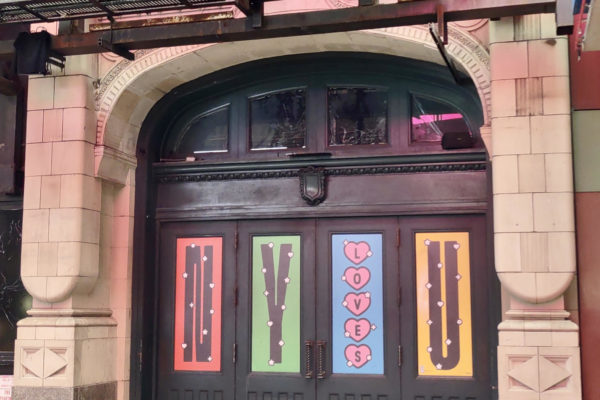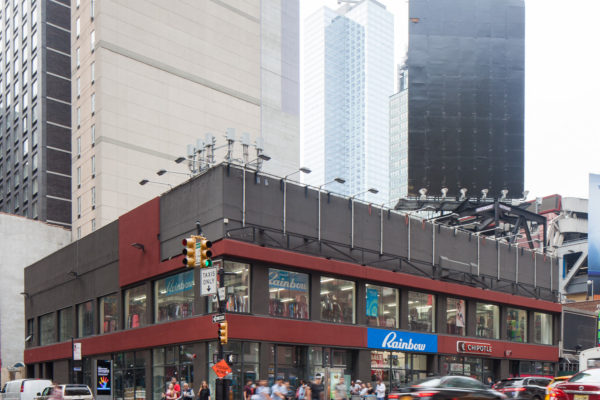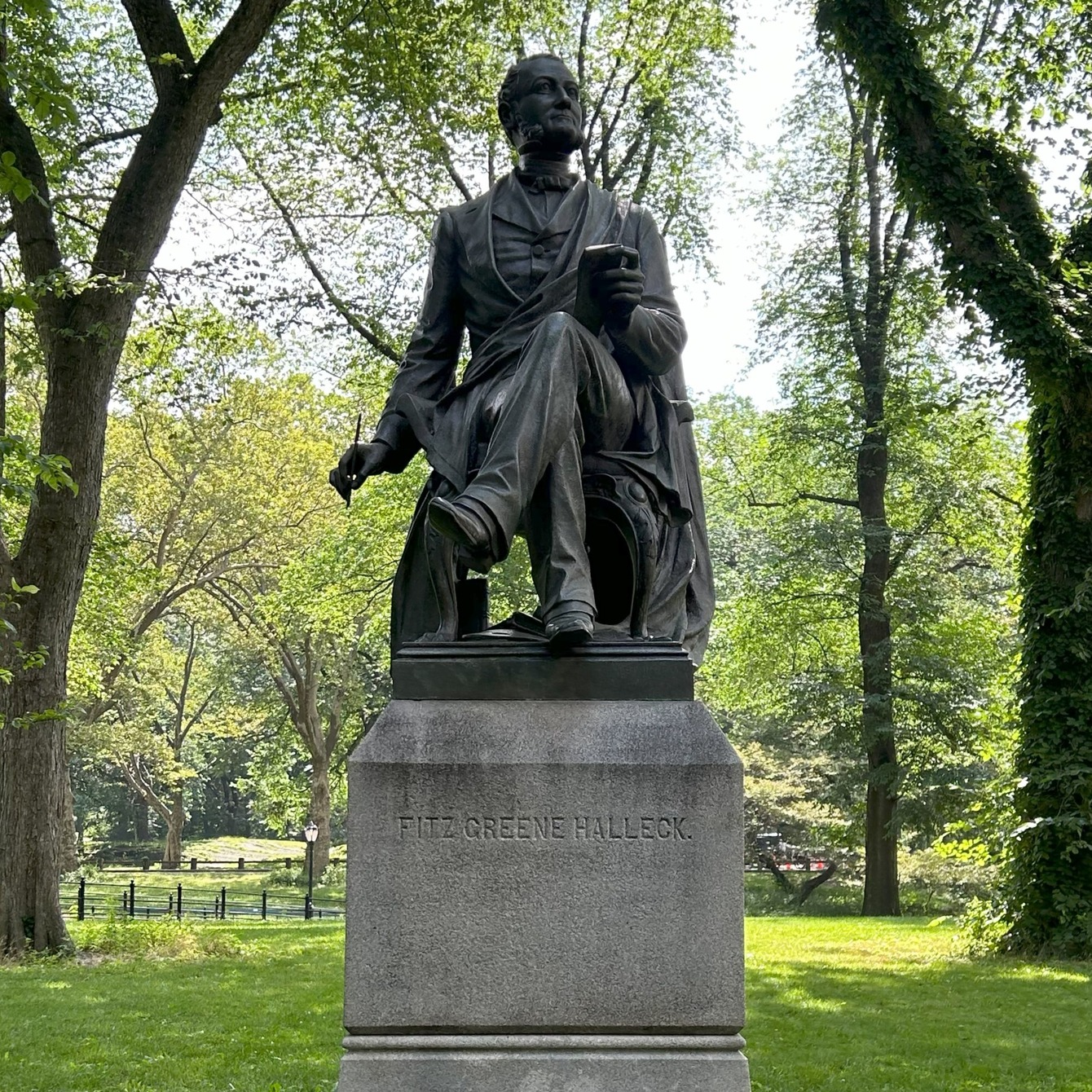
Fitz-Greene Halleck Monument
overview
Many New York City public parks and playgrounds are named in honor of prominent figures in New York City and American history. In addition, there are memorials that honor LGBT individuals.
The Fitz-Greene Halleck Monument, in Manhattan’s Central Park, inadvertently honors an LGBT individual.
On the Map
VIEW The Full MapHistory
Many New York City public parks and playgrounds are named in honor of prominent figures in New York City and American history. The NYC LGBT Historic Sites Project compiled a list of public parks and playgrounds named after gay men, lesbians, and bisexuals, several of which intentionally honor an LGBT individual. In addition, there are memorials that honor LGBT individuals. This list includes the Fitz-Greene Halleck Monument, in Manhattan.
Fitz-Greene Halleck (1790–1867), though virtually unknown today, was considered one of the most important American poets of the mid-19th century. He was called the “American Byron” during his lifetime, in part because he edited the first complete edition of Byron’s works in 1832. He was born in Guilford, Connecticut. In 1809, he became enamored with a handsome young Cuban, Carlos Menie, and wrote several early poems that expressed his longing and desire. Biographer John W. M. Hallock has argued that Halleck was “a prophet of the poetic and sexual revolution of which Walt Whitman was the messiah” decades later.
Halleck moved to New York City in 1811, and lived mostly in Greenwich Village, on Greenwich Avenue. He found work in a bank, where he was employed for the next two decades. Halleck’s renown began with his anonymous co-authorship of the humorous Croaker Papers, a poetry series in 1819 satirizing New York’s upper-class society, published in the New York Evening Post and elsewhere. Halleck’s partner in this project was his friend Joseph Rodman Drake (1795-1820), with whom Halleck was strongly infatuated, and they had become inseparable. The two men were members of the secret “Ugly Club,” which was highly restricted only to handsome young men.
Drake “betrayed” Halleck in 1816 by marrying. Of this event, Halleck wrote “I officiated as groomsman, though much against my will… He is perhaps the handsomest man in New York… a face like an angel, a form like an Apollo… I felt myself during the ceremony as committing a crime in aiding and assisting such a sacrifice.” Drake did acknowledge Halleck, however, in naming his only child Janet Halleck Drake, and making his friend the godfather. Drake died in 1820 of tuberculosis, with only Halleck at his bedside. Halleck never recovered from this loss. His funeral elegy poem called “On the Death of Joseph Rodman Drake” helped to further establish his reputation. In the poem, Halleck even suggested that he (rather than the widow) should have been given the honor to braid the wreath around Drake’s brow. Bayard Taylor (1825-1878), a famous poet and travel writer, wrote in 1870 what is now considered the first American gay novel, Joseph and His Friend: A Story of Pennsylvania. It was centered on the close, homoerotic friendship that developed after two young men met on a train. Hallock’s research has convinced him that this was based on Halleck’s relationship with Drake.
Halleck’s output was most prolific from the 1820s to the 1840s. As a poet of Romantic verse, as well as a literary critic and social commentator, he garnered a wide, popular readership. For half a century, he held a prominent role in the city’s social and literary circles. His poems and essays are also filled with homoerotic themes, and sometimes harsh critiques of marriage. Hallock has written that his reputation was later diminished, perhaps in part because of a closer reading and understanding of these themes. Some criticism was pointedly homophobic, with Mark Twain reportedly ridiculing him as a “girl.”
From 1832 to 1842, Halleck served as personal secretary to millionaire John Jacob Astor, who appointed him as one of the original trustees of the Astor Library. He was given an annual annuity in Astor’s will in 1849, and Halleck retired to Guilford to live with his sister. His last words were reportedly “Marie, hand me my pantaloons, if you please.” He attempted (unsuccessfully) in his will to have Joseph Rodman Drake’s body exhumed to be buried next to his.
The 1877 dedication of the Fitz-Greene Halleck Monument in Central Park was a major public event due to his fame, despite the fact that he hadn’t written for years. The ceremony was attended by President Rutherford B. Hayes, as well as his entire cabinet, and the crowd of spectators was estimated at 10,000. Sculptor James Wilson Alexander MacDonald’s work has long engendered some commentary for Halleck’s rather unorthodox, or not conventionally masculine for the time, pose. Some have considered it effeminate, with Halleck’s legs crossed and his dainty way of holding his pen.
Entry by Jay Shockley, project director (May 2024).
NOTE: Names above in bold indicate LGBT people.
Building Information
- Architect or Builder: James Wilson Alexander MacDonald (sculptor)
- Year Built: 1877
Sources
Ben Williams, “A Knickerbocker love story,” Qsaltlake Magazine, April 11, 2012, bit.ly/449cxXu.
Charles Shively, Review of The American Byron: Homosexuality and the Fall of Fitz-Greene Halleck, Biography, vol. 24 no. 3, 2001, 662-665, Project MUSE, bit.ly/49SWGxw.
Chris Wolak, “Visiting Fitz-Greene Halleck Monuments,” blog, Chris Wolak, November 28, 2018, bit.ly/3Qg3w9k.
Dan Allen, “Bayard Rustin’s connection to queer history may have started with his very name,” NBC News, March 9, 2024, bit.ly/3Usp05k.
“Fitz Greene Halleck Monument,” New York City Department of Parks & Recreation, bit.ly/3vUR1JF.
John W.M. Hallock, email to NYC LGBT Historic Sites Project, May 1, 2024.
John W.M. Hallock, The American Byron: Homosexuality and the Fall of Fitz-Greene Halleck (Madison, WI: University of Wisconsin Press, 2000).
Jordan Alexander Stein, “Fitz-Greene Halleck: The Most Famous Gay Poet You’ve Never Heard Of,” webinar, The Library Company of Philadelphia, October 14, 2021, bit.ly/4d8GwmA.
“Poet Fitz-Greene Halleck,” July 18, 2022, blog, Gay Influence, bit.ly/3Jvczzz. [Source of Halleck quote]
Do you have more information about this site?
This project is enriched by your participation! Do you have your own images of this site? Or a story to share? Would you like to suggest a different historic site?






